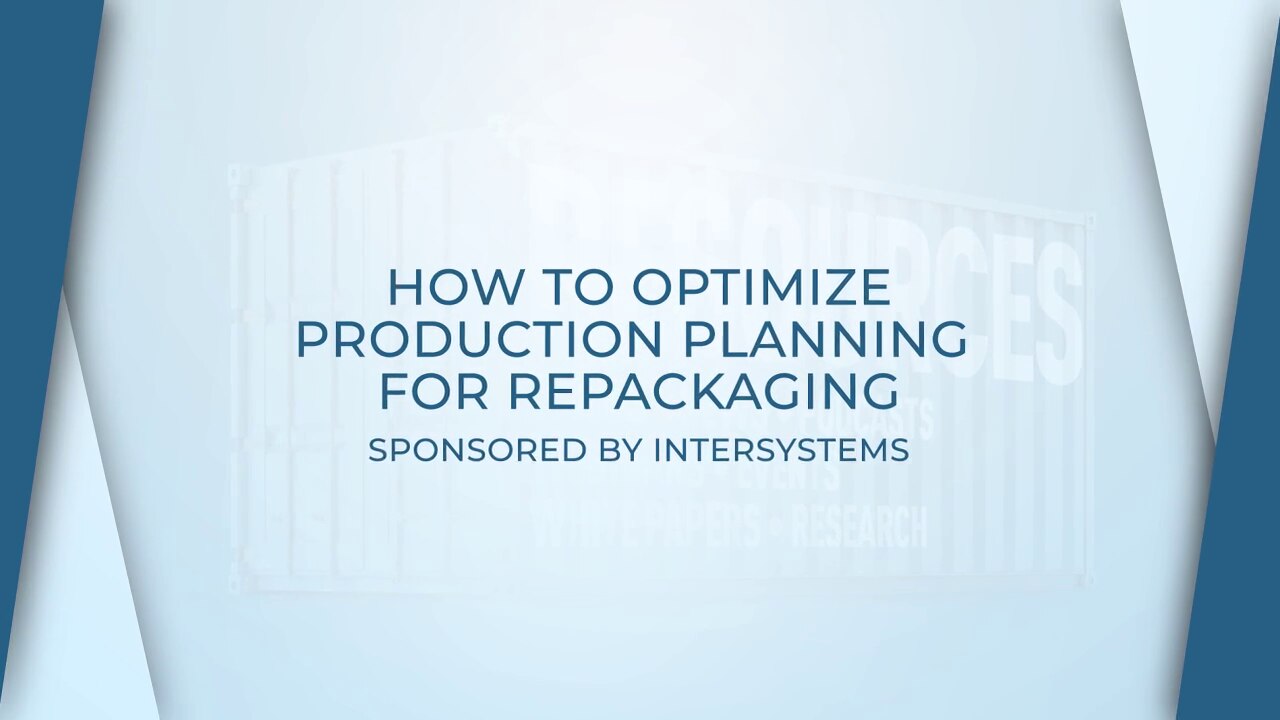In this interview with SupplyChainBrain, Mark Holmes, senior advisor for supply chain with InterSystems, lays out the multiple challenges that manufacturers face in optimizing their repackaging processes, and proposes some solutions for addressing those hurdles.
Repackaging of finished consumer goods, including food and beverage items, involves drawing on finished product from somewhere in the network and placing it into different packaging for its final consumable state.
As performed today, often by contract manufacturers, the process runs into a number of challenges arising from inadequate technology. Based on a recent survey by InterSystems, Holmes identifies five that are typical of many existing planning tools:
- Limited or no visibility to the inventory that needs to be repackaged.
- Reliance on manual processes, such as Excel spreadsheets, that are prone to error and do not operate in real time.
- Inability to efficiently redirect inventory from multiple locations.
- Inability to adapt to sudden changes, including disruptions to the supply chain.
- Suitability only for working in an unconstrained environment, where labor is plentiful, inventory always available and there’s no production downtime.
Artificial intelligence and machine learning are key to optimizing fulfillment and demand planning for repackaging today, Holmes says. They improve accuracy and productivity. They enable real-time decision-making. And they make it possible to rebalance inventory in an optimal manner.
When engaging in production planning and optimization, most companies are juggling multiple pieces of technology that all have to work smoothly together. That’s especially difficult to achieve in a constrained environment, which characterizes nearly all such operations.
The answer, Holmes says, lies in a decision intelligence data platform that can replace many of those legacy enterprise systems, boosting productivity, dealing efficiently with disparate data, and optimizing a complex but critical process.


























